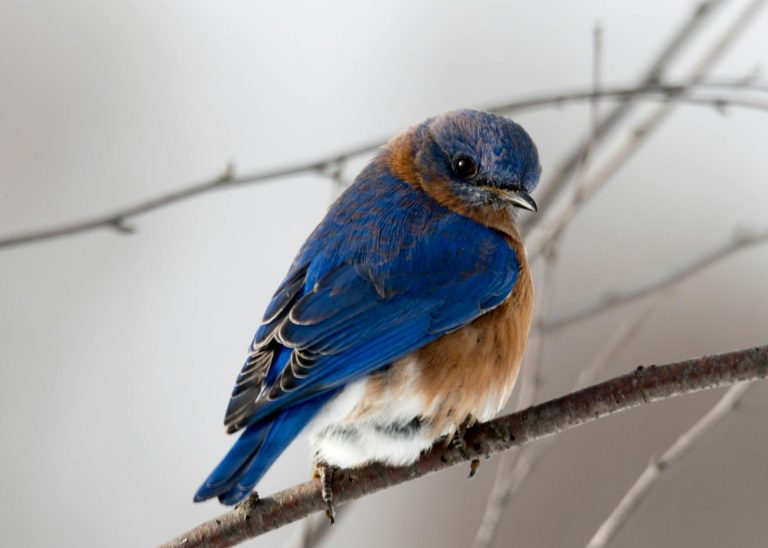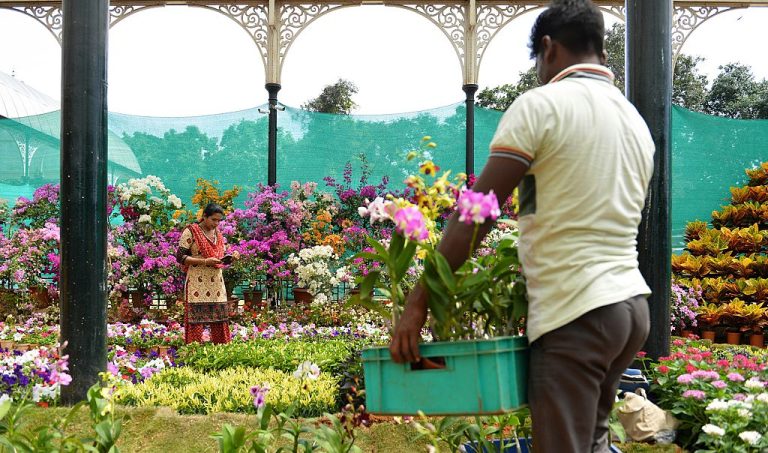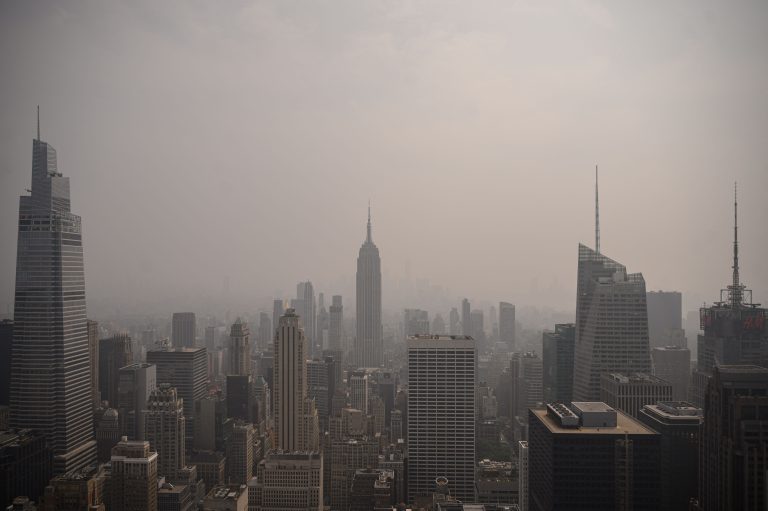The thunderous sound of a maple tree exploding is eerily similar to that of a gunshot. The spectacular yet dangerous phenomenon was known to the Native People of the northern regions, who made allusions to the cracking sound in the very names of the months. The Lakorta named February as cannapopa wi, meaning “moon when trees crack from the cold.” For the Arapaho people, the roaring month is December while for the Abenaki, it is January. The phenomenon continues to this day when untapped maple trees freeze in bitter cold.
The popping and cracking of maple trees normally take place at low temperatures. When the tree sap reaches its freezing point, it expands inside the tree bark causing ruptures and sometimes visible cracks.
Fortunately, the often-audible rupture rarely causes long-term ill effects, as the trees tend to heal themselves during spring and summer, by creating a callus tissue to cover the injury. If the natural repair is not successful, the wounds can become perennial, turning into a weak point that is always at risk of being popped open again during the next cold spell. Such trees are deemed to have a reduced timber value.
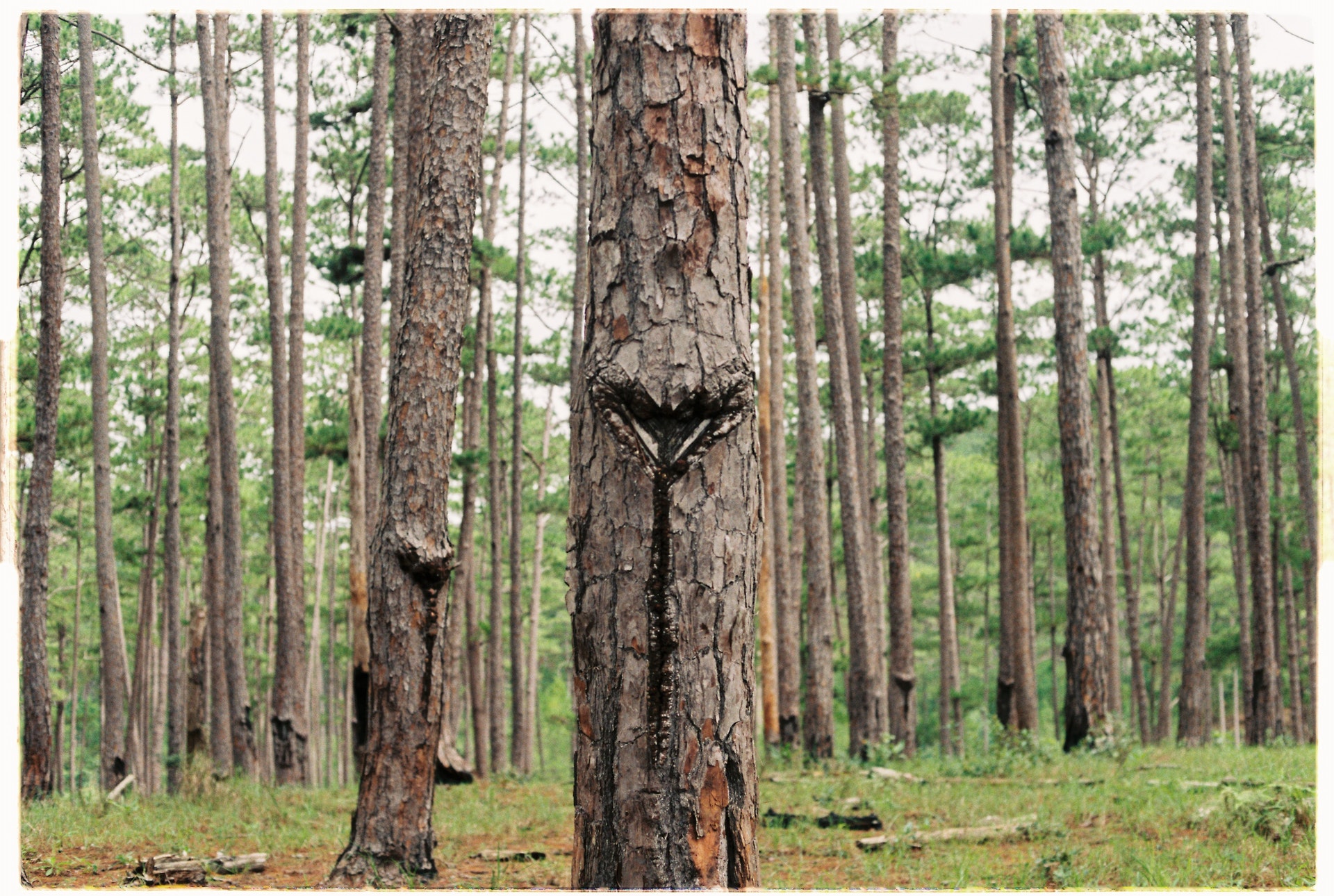
The higher the sugar content of the tree sap, the lower the temperature at which the bark will crack. This is due to the so-called “Colligative Properties of Solutions.” These properties indicate that when water is mixed with another substance, its physical properties such as its freezing point (0 ℃ or 32 ℉) and boiling point (100 ℃ or 212 ℉) change. In this case, the sugars and dissolved minerals that, along with water, make up the maple tree sap, bring down the freezing point making this fluid freeze only when the winter gets harshly cold.
The possibility of hearing an explosion accompanied by a flying branch does not only depend on the temperatures. According to Brent Trites, a maple syrup producer in New Brunswick, the explosions are also a tree mechanism to release the inner pressure produced by the accumulating sap. However, this is the case only in maple trees that get tapped every year.
Success
You are now signed up for our newsletter
Success
Check your email to complete sign up
“They are used to being relieved of their pressure so they don’t have the outside surface to hold the pressure anymore” said Trites, who once had to speedily drill holes into his maple trees during a late harvest, lest they bursted under the pressure.
While some minor cracks take place during the day, the blaring explosions usually happen during the cold, otherwise silent, nights. “It’s just a ‘boom!’ and there’d be a side off a tree, a limb off a tree, branches off the tree, the bud tips flying off the tree… it’s just astronomical.”
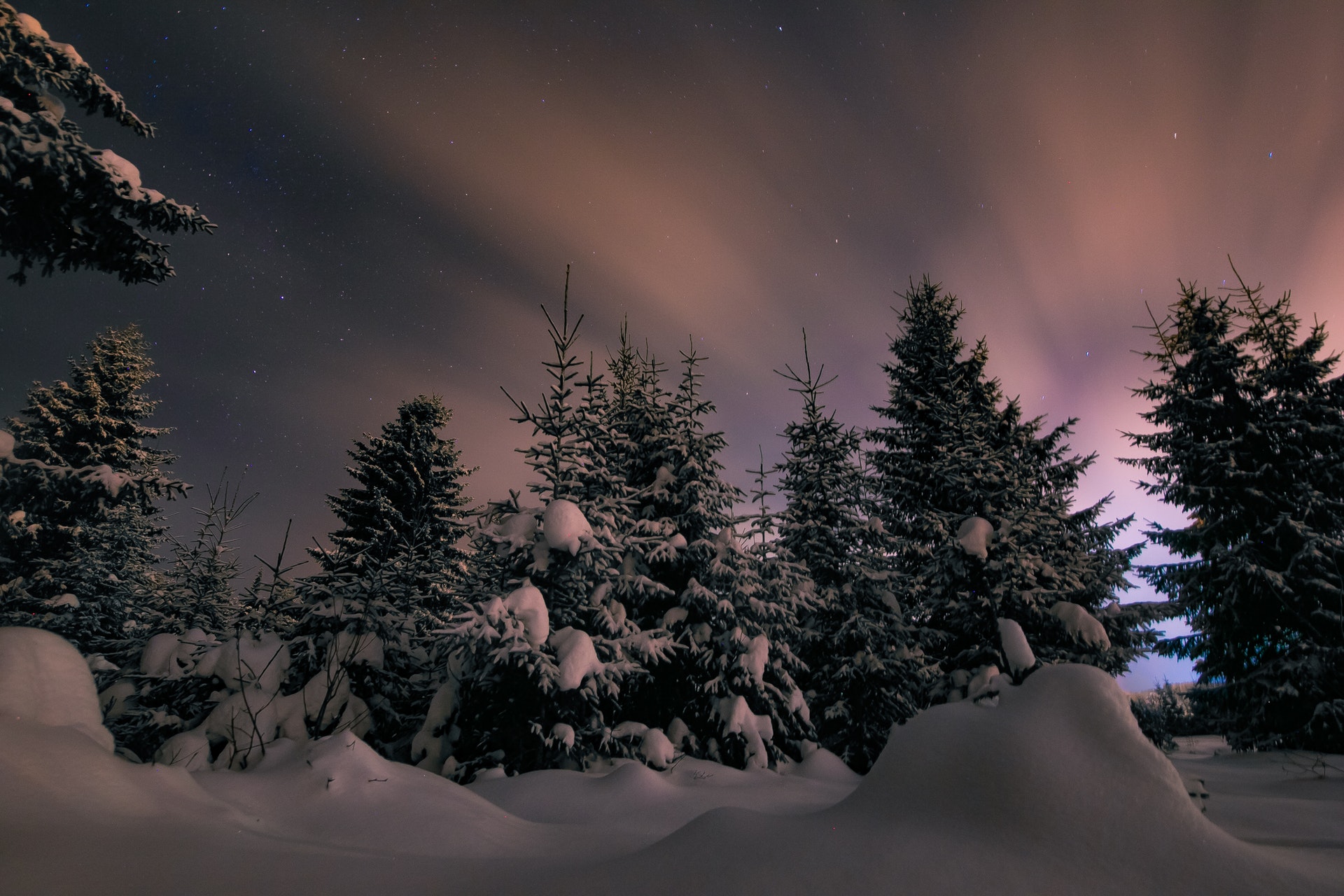
Whereas some people find this occurrence fascinating, others hold a warier view “An untapped tree is a time bomb ready to go off… The trees explode like gushers, causing injuries and sometimes death,” said a reporter to NPR’s All Things Considered.
In trying to prevent the explosion of trees, the maple syrup producers understand the importance of tapping them in time. Although little can be done to prevent frost crackings, Paul Heltzler, a horticulture and natural resources educator with Cornell Cooperative Extension of St. Lawrence County, advises covering the trunks with light-colored wraps or to coat their lower area with interior-grade white latex paint. However, he warns, “wraps should be removed promptly in spring, and cracks or wounds should never be coated.”




